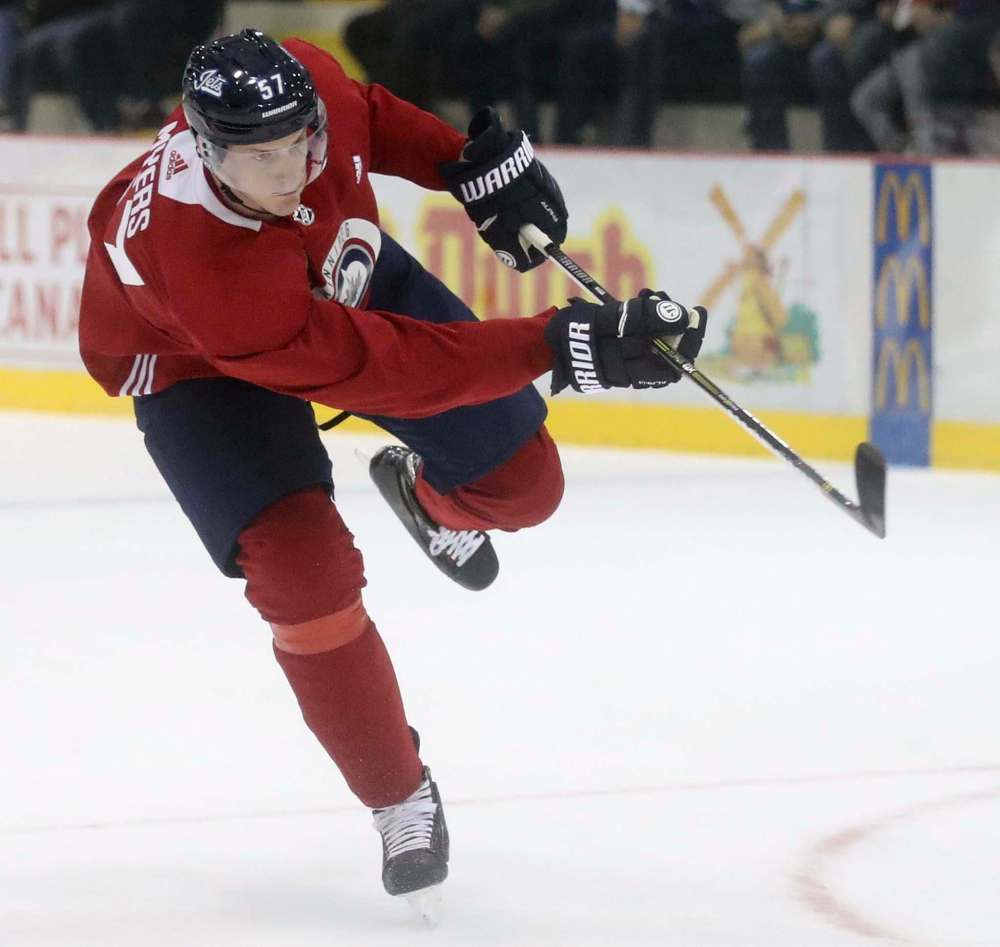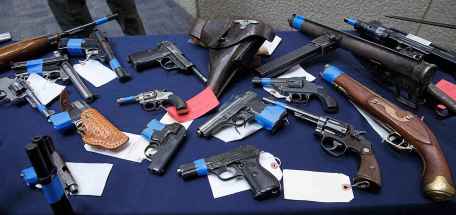Myers’ value to the Jets? Well, it’s complicated
Read this article for free:
or
Already have an account? Log in here »
To continue reading, please subscribe:
Monthly Digital Subscription
$0 for the first 4 weeks*
- Enjoy unlimited reading on winnipegfreepress.com
- Read the E-Edition, our digital replica newspaper
- Access News Break, our award-winning app
- Play interactive puzzles
*No charge for 4 weeks then price increases to the regular rate of $19.00 plus GST every four weeks. Offer available to new and qualified returning subscribers only. Cancel any time.
Monthly Digital Subscription
$4.75/week*
- Enjoy unlimited reading on winnipegfreepress.com
- Read the E-Edition, our digital replica newspaper
- Access News Break, our award-winning app
- Play interactive puzzles
*Billed as $19 plus GST every four weeks. Cancel any time.
To continue reading, please subscribe:
Add Free Press access to your Brandon Sun subscription for only an additional
$1 for the first 4 weeks*
*Your next subscription payment will increase by $1.00 and you will be charged $16.99 plus GST for four weeks. After four weeks, your payment will increase to $23.99 plus GST every four weeks.
Read unlimited articles for free today:
or
Already have an account? Log in here »
Hey there, time traveller!
This article was published 02/10/2018 (2630 days ago), so information in it may no longer be current.
Ever since he won the Calder Trophy as a rookie with the Buffalo Sabres in 2009-10, Tyler Myers has been a bit of a divisive figure in the hockey analytics community. He has never reached the offensive heights of his rookie season and there have been times that he has struggled in a big way defensively.

At times he has been viewed as a solid top-pairing defencemen, or at least a player with the potential to be one, while at others many have seen him as a third-pairing guy at best. Injuries have certainly muddied the situation, as well.
Last season, Myers played a bit more than Josh Morrissey — something that seems likely to change as Morrissey is now slotted into the Jets’ top-four, playing with Jacob Trouba. So in all likelihood, Myers will be facing some decreased levels of competition this season.
That’s important, because last season Myers had some wild fluctuations in his defensive strengths and weaknesses.
!function(e,t,n,s){var i=”InfogramEmbeds”,o=e.getElementsByTagName(t)[0],d=/^http:/.test(e.location)?”http:”:”https:”;if(/^/{2}/.test(s)&&(s=d+s),window[i]&&window[i].initialized)window[i].process&&window[i].process();else if(!e.getElementById(n)){var a=e.createElement(t);a.async=1,a.id=n,a.src=s,o.parentNode.insertBefore(a,o)}}(document,”script”,”infogram-async”,”https://e.infogram.com/js/dist/embed-loader-min.js”);
His big frame was often lauded as a reason he would be a top shut-down defender when he was young, but he has always been a bit gangly and can struggle playing defence in tight, which is probably why his in-zone defence is not so great. Myers was the worst on the Jets’ defence last year in allowing high-danger scoring chances and passes to the slot against while on the ice, meaning that teams were able to find holes in his coverage on a fairly consistent basis.
In the neutral zone though, the opposite was true. His reach and good stickwork led to the Jets facing the fewest controlled entries and odd-man rushes against while he was on the ice. So while he can be broken down by cycling and forechecking plays, he is a strong defender off the rush.
Myers is also a very good pass-blocker, leading to possession changes and quick counter-attacks, which is how he creates a good portion of his offence, joining the rush as the late man.
Shot blocking, however, is a weakness for him. It isn’t that he doesn’t attempt many, but that his blocks are rarely successful, only 74.8 per cent of his attempted shot blocks are successful, when the league average is well over 80 per cent. Those long legs leave sizable holes for opponents to shoot through, meaning he can often get caught screening his own goaltender and deflecting pucks to make shots even tougher to stop.
!function(e,t,n,s){var i=”InfogramEmbeds”,o=e.getElementsByTagName(t)[0],d=/^http:/.test(e.location)?”http:”:”https:”;if(/^/{2}/.test(s)&&(s=d+s),window[i]&&window[i].initialized)window[i].process&&window[i].process();else if(!e.getElementById(n)){var a=e.createElement(t);a.async=1,a.id=n,a.src=s,o.parentNode.insertBefore(a,o)}}(document,”script”,”infogram-async”,”https://e.infogram.com/js/dist/embed-loader-min.js”);
This is the consistent situation with Myers as well: tantalizing skill and absolute dominance in some areas, but weaknesses in other areas that are just as important keep him from reaching the potential that so many saw in his rookie season.
One area where you have to credit Myers is his defensive-zone passing, an area where he has a high success rate despite making more difficult passes than his teammates.

The Jets are about an average team in how often they like to reverse the puck back D-to-D, or essentially a lateral pass in the defensive zone that doesn’t push the puck forward. Myers meanwhile, doesn’t like to mess around in his own zone, and goes for outlet passes — forward passes with the intended receiver not past centre ice — more often than anyone else on the Jets’ defence.
He doesn’t go for stretch passes — where the intended receiver is beyond centre ice — as often as his average teammate, but that works well, since those passes have lower success rates.
So what is Tyler Myers? The Jets don’t need him to be a world-beating talent — he’ll be playing most of the season behind Dustin Byfuglien and Josh Morrissey on the right side — but he has the potential to be a player that tips the scales for them against teams that don’t have the Jets’ depth.
In order to take full advantage of Myers’ skills, ideally the Jets would play him with wingers who don’t cheat too far out of the defensive zone on breakouts, so he can make short outlet passes to transition the puck quickly after he wins possession, and partner him with a player who can cover for some of his flaws defending in the Jets’ zone.
Myers is by no means a perfect player, but he could be a key for the Jets if utilized in an optimized way.

Andrew Berkshire
Andrew Berkshire is a hockey writer specializing in data-driven analysis of the game.
Our newsroom depends on a growing audience of readers to power our journalism. If you are not a paid reader, please consider becoming a subscriber.
Our newsroom depends on its audience of readers to power our journalism. Thank you for your support.










